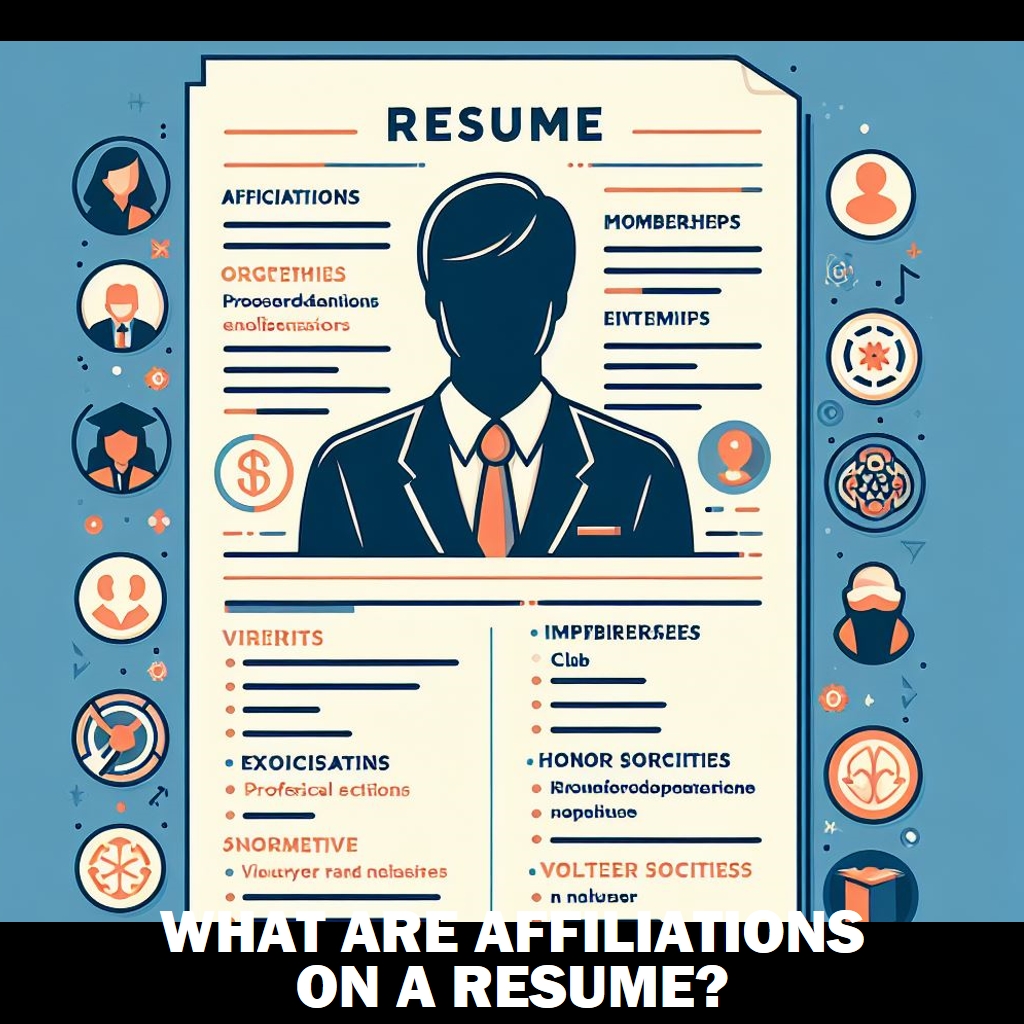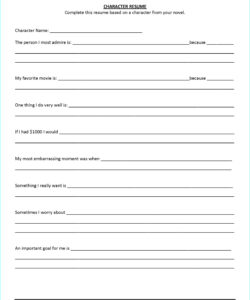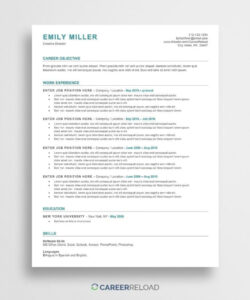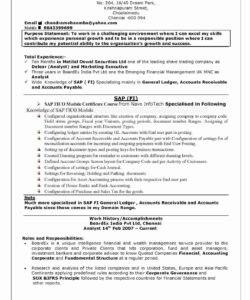When it comes to writing a resume, there are many different sections that you can include. One of these sections is affiliations. But what exactly are affiliations on a resume? In this article, we’ll explore what affiliations are, why they’re important, and how to include them on your resume.
First, let’s define what we mean by affiliations. In the context of a resume, affiliations refer to any organizations or groups that you belong to. This could include professional associations, clubs, or volunteer organizations. Essentially, any group that you are a part of can be considered an affiliation.
So why are affiliations important to include on your resume? There are a few reasons. First, affiliations can help to demonstrate your interests and passions outside of work. This can give potential employers a better sense of who you are as a person, and what you might bring to the table beyond your technical skills.

Second, affiliations can help to demonstrate your commitment to your field. If you are a member of a professional association, for example, this can show that you are invested in your career and interested in staying up-to-date with the latest trends and developments in your industry.
Finally, affiliations can help to demonstrate your leadership skills. If you hold a leadership position within an organization, this can be a great way to showcase your ability to manage and motivate others.
How to Include Affiliations on Your Resume
Now that we’ve covered why affiliations are important, let’s talk about how to include them on your resume. There are a few different ways to do this:
1. Create a separate section for affiliations
If you have several affiliations that you want to include on your resume, you may want to create a separate section for them. This can be titled something like “Professional Affiliations” or “Community Involvement.” Underneath this heading, you can list out each affiliation along with any relevant details (such as your role within the organization).
2. Include affiliations under a relevant job or education entry
If you only have one or two affiliations that you want to include, you may be able to simply list them under a relevant job or education entry. For example, if you were a member of a professional association while working at a particular company, you could list this under your job entry for that company.
Conclusion
Affiliations can be an important part of your resume, helping to demonstrate your interests, commitment, and leadership skills. By including affiliations on your resume, you can give potential employers a more well-rounded view of who you are as a candidate.
FAQ
What are some examples of affiliations?
Some examples of affiliations that you might include on your resume include:
- Professional associations (such as the American Marketing Association or the National Society of Professional Engineers)
- Clubs or organizations related to your hobbies or interests (such as a hiking club or a book club)
- Volunteer organizations (such as Habitat for Humanity or the Red Cross)
How many affiliations should I include on my resume?
There’s no hard and fast rule for how many affiliations you should include on your resume. However, you should aim to include only those affiliations that are most relevant to the job you’re applying for. If you have a lot of affiliations, consider creating a separate section for them so that they don’t clutter up the rest of your resume.
Do I need to include dates for my affiliations?
It’s generally a good idea to include dates for your affiliations, especially if you held a leadership position within the organization. This can help to demonstrate your level of commitment and involvement.


